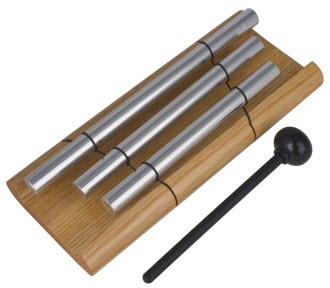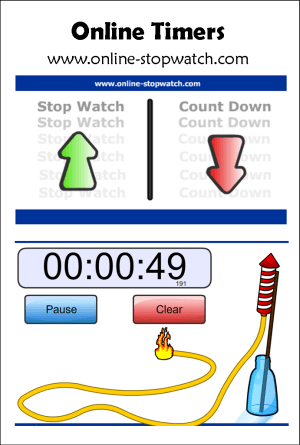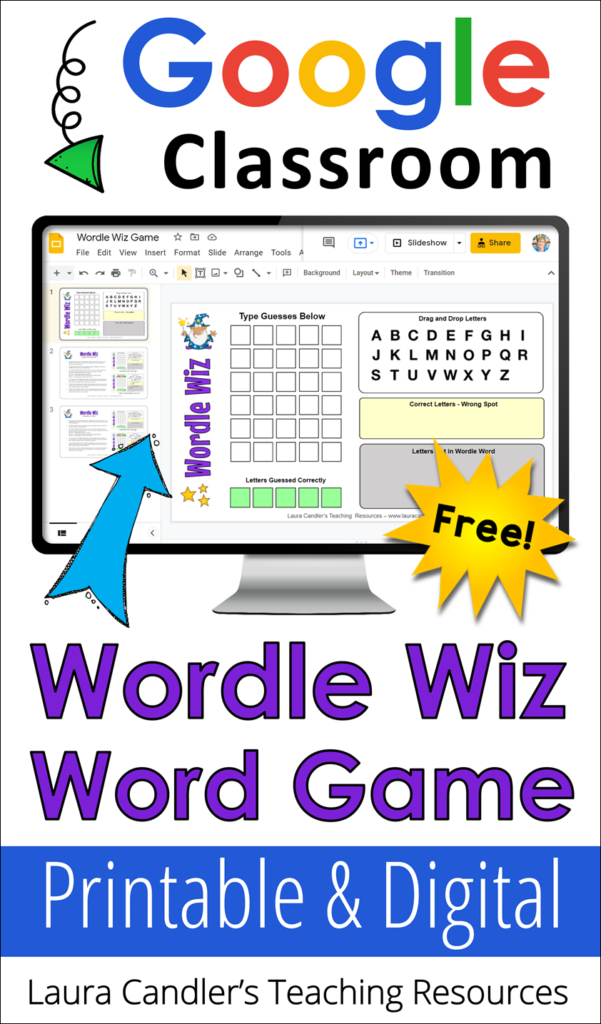Imagine this: your classroom is buzzing with energy during a hands-on activity, and you need your students’ attention—fast. You raise your voice, repeat instructions, and still, the chatter continues. Sound familiar? That’s where an effective quiet signal becomes a game-changer. A simple, consistent cue can quickly grab students’ attention without you having to raise your voice, creating a calm and respectful learning environment. In this post, I’ll explore why quiet signals are essential for classroom management and how to choose one that works for you.
Let’s start by defining the term “quiet signal.” A quiet signal is a nonverbal or verbal cue you’ll use to get your students to stop talking, to stop doing, and to turn their attention to you. For example, you might use a quiet signal when your students are in the middle of an activity and you realize that you need to clarify your directions. Or perhaps you’ve asked your students to turn and talk with a partner, and now you need them to bring their attention back to you. Maybe your students are working in centers and you need them to return to your seats. All of these situations can easily be managed with an effective quiet signal.
You can also use timers as quiet signals when your students are involved in activities that can be broken down into timed segments. You’ll find some suggestions later in this blog article.
Qualities of a Good Quiet Signal
You might use your quiet signal dozens of times each day, so it needs to be quick, easy, and effective. It also needs to be something that resonates with your students, so you might need to test a few different quiet signals before settling on your favorite. Here are some qualities to look for when selecting a quiet signal:
- Students can SEE it from anywhere in the room.
- Students can HEAR it when they are interacting in teams.
- It’s not overly annoying when used 15 times in one day!
- Room should be quiet within 3 to 5 seconds. If it takes longer, it’s not working.
My Favorite Quiet Signals
Chimes
Tapping a tune on a set of chimes is a great way to get your students’ attention! There’s something soothing about the sound of chimes so it’s never annoying. Yet the sound carries well, so students know to stop and listen! Click here to check out these chimes on Amazon.com.
Hand Up and Count
Hold up one hand and slowly count to 3. Teach your students to look at you when they hear you counting, hold up one of their own hands, and put a finger from the other hand to their lips. Expect the class to be quiet when you finish counting to 3.
Clapping Patterns
Clap 2 times slowly. Students respond by clapping 3 times quickly (which means they have to stop working and put things down that they are holding.)
Rain Stick
Hold up a rain stick and shake it. Students hold up one hand to signal others. Room must be quiet by the time the stones in the rain stick fall to the bottom.
Other Quiet Signals:
- Tap on wind chimes or xylophone. Students raise hand to signal others to get quiet.
- Wind up music box at the beginning of the week. Open lid and lets it play until room is quiet. By doing this repeatedly throughout the week, the music box winds down. If there is any music left at the end of the week, students earn 15 minutes free time.
- Hold up a giant Mickey Mouse hand. Students raise hand to signal others.
- Ring a bell 3 times. Students look at teacher for instructions.
Teaching Your Quiet Signal
Most people don’t realize that it’s important to actively teach your students your quiet signal. Telling isn’t teaching! As soon as you put them in teams, tell them that since you are going to allow them to talk during cooperative activities, you need to be able to get their attention immediately. Explain your quiet signal and tell them that you are going to time them the first few times. Let them know that you expect them to be quiet and ready for instructions within 3 to 5 seconds. Have them put their heads together and talk over something like what their favorite food is. After a few moments, use the quiet signal and start watching the clock from the moment you give it. Wait until the room is absolutely quiet and then record the amount of time it took. If it was more than 5 seconds, tell them that they will have to do better. Give them another discussion topic and try again. Usually they will do much better the next time. Keep working on it until they have mastered it.
Using Timers as Quiet Signals
Using a timer can be an effective quiet signal because it allows students to see how much time is left before they need to stop working and give you their attention. For example, instead of asking your students to work on a science activity for an unspecified amount of time, you can say, “Class, you have 5 minutes to brainstorm ideas for your wind-powered car.” Then record the starting and stopping times on the board and use the classroom clock to time the activity. Or you can use one of the fun options below that make use of new technologies.
- Online Timers – If you have an interactive white board in your classroom, or even a desktop computer, online timers make great quiet signals. You can program in the timer to count up or count down, depending on the task you want to time. One of my favorite free websites is Online Stopwatch at www.online-stopwatch.com. They have some amazing and extremely creative timers on their website, but after you explore them, you may want to use the basic timer for most everyday tasks. The bomb and rocket timers are fun to use with games, but can also be potentially distracting to students who are working.
- Digital Device Timers – This one might be obvious, but it’s still worth mentioning. You can use the built-in timer on your phone or tablet as a count down or count up timer.
Time Tracker – For many years, I used a Time Tracker like the one shown here to track time and alert students when we needed to switch to another activity. The Time Tracker starts out with the green area lit up, then switches to a yellow warning light, and finally the red area lights up when the time runs out. You can program different amounts of time for each section, and you can even program it to say “Time’s Up!” at the end. It worked really well for guided reading and math groups. It’s a little tricky to learn to program, but after you figure out how to enter each time, you’ll love it. Just don’t throw away the directions!
20 More Terrific Quiet Signals and Timers
Several years ago I reached out to the teachers who follow my Teaching Resources Facebook page, and I asked them to tell me about their favorite quiet signals and timers. So many awesome ideas where shared that I decided to compile the best strategies in an “Advice from Real Teachers” post titled 20 Terrific Quiet Signals That Work. It’s definitely worth a look!
Frequently Asked Questions
- Do I have to use a Quiet Signal? I have never used one before. I just wait for my students to get quiet. Eventually they all get quiet and I give my directions. A quiet signal is critical to keep from wasting time and to keep the momentum going during cooperative activities. Suppose that you need to give a quiet signal 5 times each hour and it takes 1 minute to get your class quiet each time. That’s 5 minutes of wasted time each hour, or 30 minutes of wasted time each day. If you multiply that by 180 school days, you end up wasting 90 hours of time (or 15 whole days!) just with waiting for the class to get quiet!
- What should I do if I teach middle school (or high school or college)? I just don’t think older kids will respond to a quiet signal. They will feel that it’s babyish. You might have to get a bit creative to find just the right quiet signal, but it will work for older kids too. Of course you wouldn’t expect them to put their fingers to their lips like first graders! I’ve seen middle school teachers get very silly with their quiet signal (a huge Mickey Mouse hand), and the kids just thought it was cool! I know of one high school chemistry teacher who discovered that glass beakers make a nice ringing sound. He set up a few in different sizes and tapped on them in a special way. Another middle school teacher introduced me to the idea of the using a rain stick and shaking it. Find something that makes a little noise, and make it work for you! You could also explain to your students why you need a signal and let them help you devise one. Your other option is to use some of the cool online countdown timers described above.








